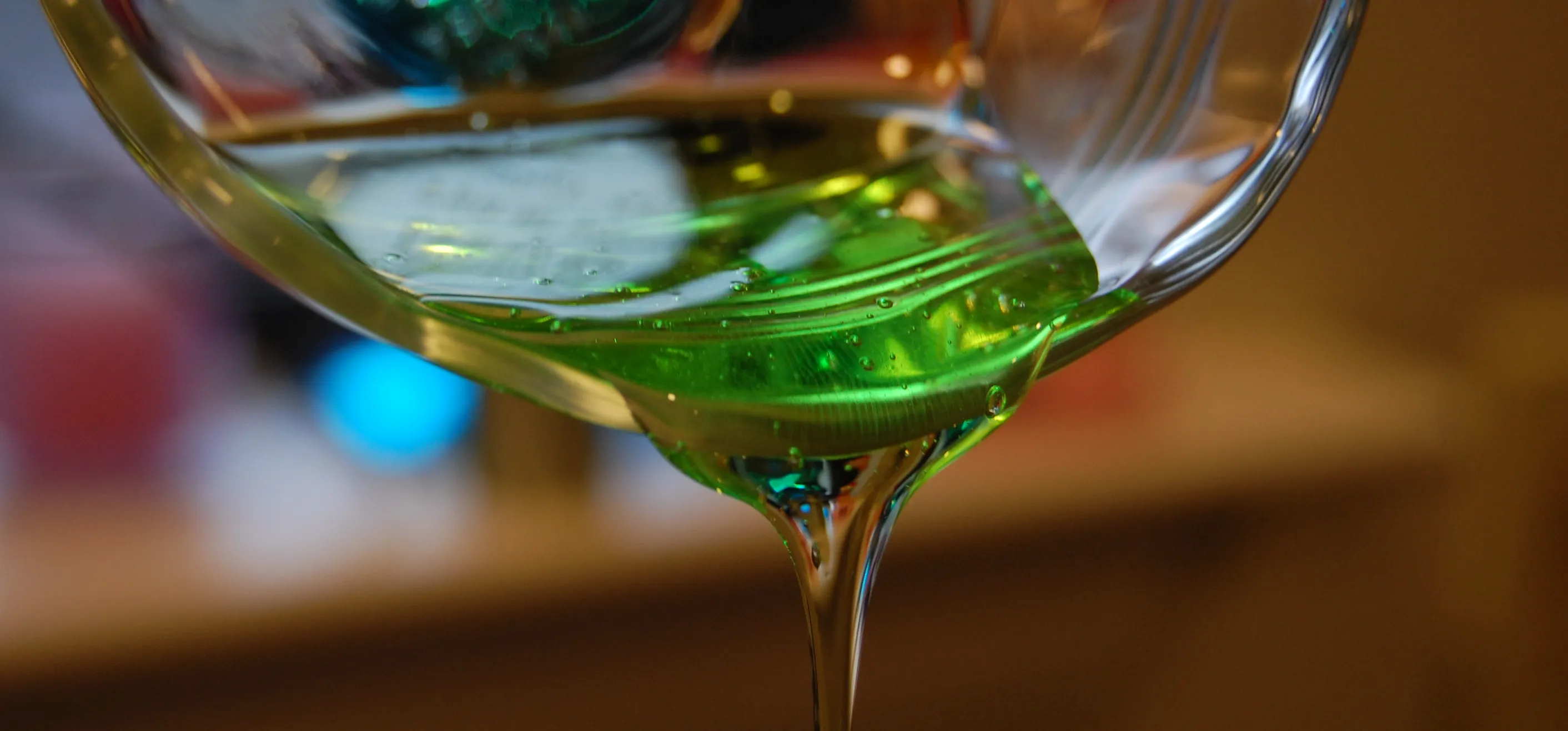Hydrazine sulfate has many uses, but most notably, it's been used under the trade name of Sehydrin, a treatment for anorexia, cachexia and some even think cancer. But for we DIY chemists, it's useful for something entirely different— as a substitute for the more dangerous pure liquid hydrazine in chemical reactions. NurdRage shows you how to make it via some hypochlorite and the Ketazine process.
Warning: The reaction produces toxic gases and products and uses corrosive chemicals; gloves must be worn.
Simply adding in a stoichiometric amount of base will release the hydrazine in-site and allow for it to be used in such purposes as reductions, azotizations and various other synthetic uses.
The process to make hydrazine sulfate is extremely simple:
Start with 250mL of ammonia and add to it 100mL of methyl ethyl ketone. Stir and then slowly add 1/4 mole equivalent of sodium hypochlorite based bleach. If using 10% bleach, then about 186g is needed. If using 6% household bleach, about 310g is needed.
As the bleach is added the reaction will heat up and bubble vigorously, slow down the addition if it's bubbling too much. After all the bleach is added, keep stirring until the mixture stops bubbling. Then stop stirring and allow it to stand for a few hours until so until it separates into two clear layers.
The top layer is methyl ethyl ketazine. Separate it using a seperatory funnel or by careful decantation.
In a separate container, add 20mL of concentrated sulfuric acid to 100mL of water and stir. Then add the hot solution directly to the ketazine and keep stirring. The hydrolysis will generate crystals of hydrazine sulfate. Let solution cool to room temperature on its own and then filter off the crystals of hydrazine sulfate.
Acetone can be used in place of MEK, but you'll need to distill it off (use 50mL acetone in the reaction and distill 150mL of liquid) or extract it out with toluene into the acid solution.























Comments
Be the first, drop a comment!